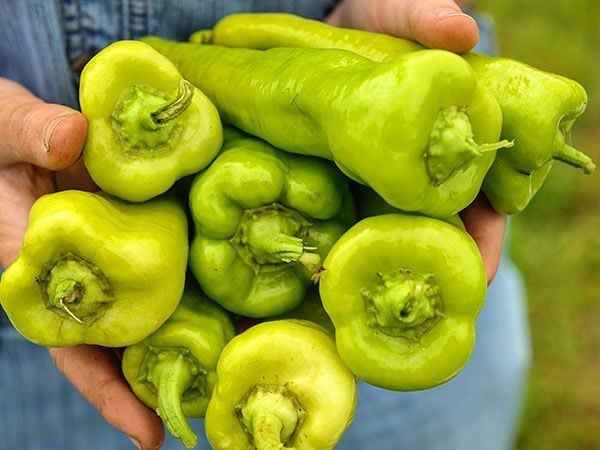10 Best Peppers to Grow in Your Veggie Garden
Updated: Mar. 24, 2021
Pick the best peppers to grow in your veggie garden with this ultimate pepper plant list, including anaheim, cayenne, and Thai. Plus where to buy them!
Our editors and experts handpick every product we feature. We may earn a commission from your purchases.
Peppers add a tantalizing jolt of flavor to your cooking. While it’s getting easier to find a variety of fresh and dried peppers at the grocery store, it’s much more fun and economical to grow your own. Start seeds indoors at least eight to 10 weeks before transplanting them into your garden, or look for starter plants at your garden center. Check out these seed catalogs for new varieties. By mid- to late summer, you’ll have ripe peppers ready to pick. And then the real fun begins… eating them! Here are the best peppers to grow.
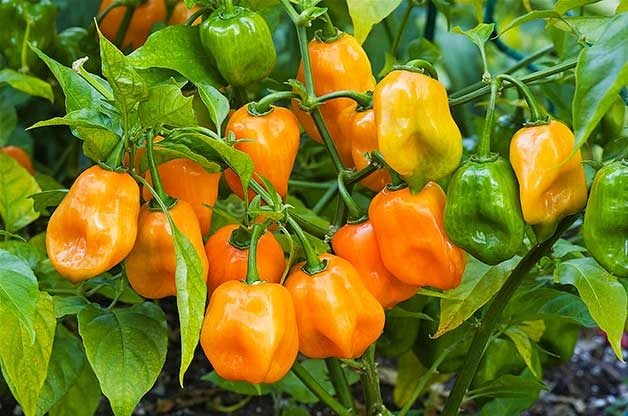
Habanero
If you’re looking to fire up your food, throw in some habaneros. These small, wrinkled orange peppers are intensely hot with a slightly sweet flavor that is strongest when the pepper is used fresh in salsas or salads. Cooking will mellow out the heat somewhat. Habaneros require a warm environment to encourage the seeds to sprout, and the growing season is long. But patience pays off with these glowing nuggets.
Why we love it: It seems that exciting new varieties of habaneros are being developed all the time… and they’ve even hotter. I’ve especially enjoyed growing and eating the beautiful chocolate habanero.
Check out the top 10 best tomatoes to grow.
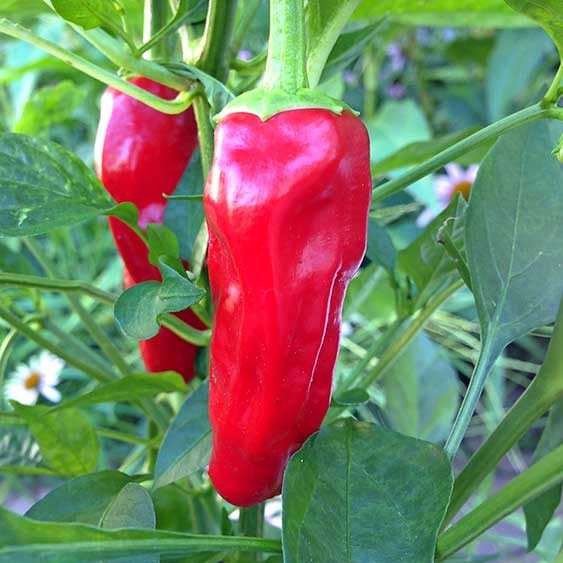
Anaheim
Even if this annual didn’t grow to a height of 20 inches, it would still be a showstopper, thanks to its brilliant scarlet fruit. It thrives in containers or beds and is a fantastic performer through summer and fall.
Why we love it: Anaheim peppers are often used fresh to make salsa verde. The large size also makes them perfect for chiles relleno, the popular stuffed, battered and fried Mexican specialty.
Check out 10 fast-growing vegetables you can harvest quickly.
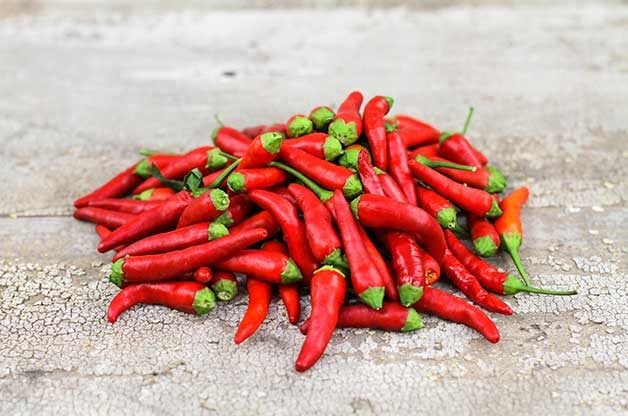
Thai
If you crave spicy noodle dishes from your favorite Asian restaurant, this is the pepper for you. As the name suggests, these peppers originated in Thailand, and they are hot, hot, hot. The slender, 1/2- to 1-inch peppers ripen from green to bright red.
Why we love it: The plant stays small, so it’s a wise choice for ornamental use on your patio. But don’t be afraid to slice up a few Thai peppers and toss them into your stir-fry or curry. They also keep well when preserved in oil or vinegar.
Check out more easy plants you can grow in containers.
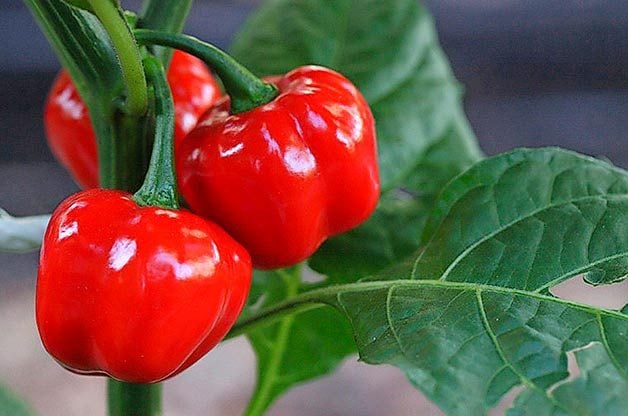
Scotch Bonnet
These fruity fireballs look similar to habaneros, but they are shorter and stouter, shaped like a little hat or bonnet. The plants are very slow-growing. If you want to have mature red peppers before frost in a northern zone, start the seeds indoors very early. I’ve grown Scotch bonnet plants in containers so I could bring them inside on chilly Wisconsin autumn nights.
Why we love it: I love spicy Caribbean cuisine, particularly jerk chicken. Along with allspice, these slightly sweet but blazing hot peppers are a key ingredient in every standout jerk recipe.
Check out the top 10 herbs to grow for cooking.
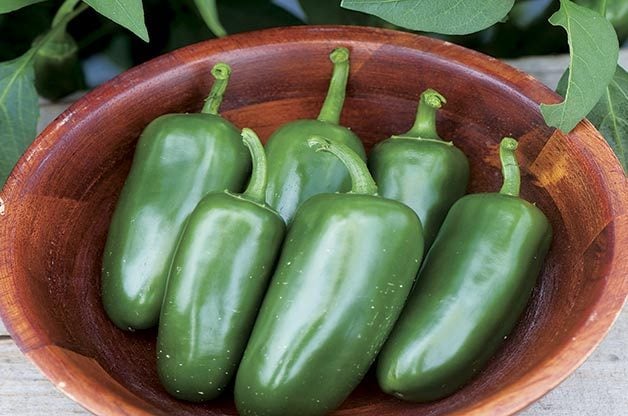
Jalapeño
Make space for several of these simple-to-grow plants in your garden. Jalapeños mature in 75 days, quicker than many other hot pepper varieties, so they’re a good choice for northern gardeners. If you don’t pick them right away, they’ll turn red, but they taste fabulous either way! Dry and smoke jalapeños to make chipotle peppers.
Why we love it: The dark green pepper is one of the best for stuffing, grilling, wrapping in bacon, pickling or just eating raw on burgers and tacos.
Try these vegetables that grow well in shade.
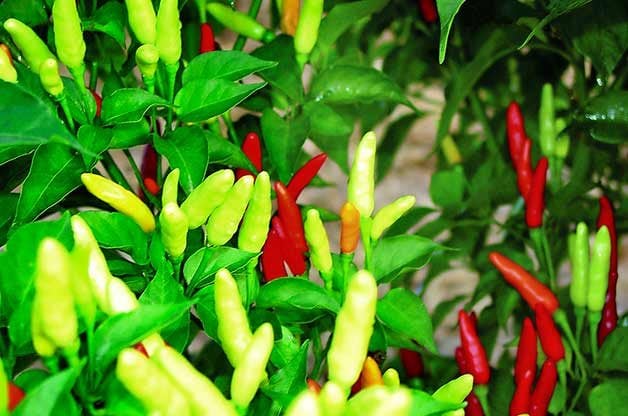
Tabasco
The iconic smoky, vinegary hot sauce is made with Tabasco peppers grown on tiny Avery Island in southern Louisiana, about 140 miles west of New Orleans. Tabasco peppers require 80 to 100 days to reach maturity; they grow best in hot, humid weather. The prolific plants will be covered in small, shiny red peppers. If your growing season isn’t long enough, try growing Tabasco peppers in a container in a sunny spot.
Why we love it: You might not be able to crack the famously secret Tabasco hot sauce recipe, but why not have fun trying?
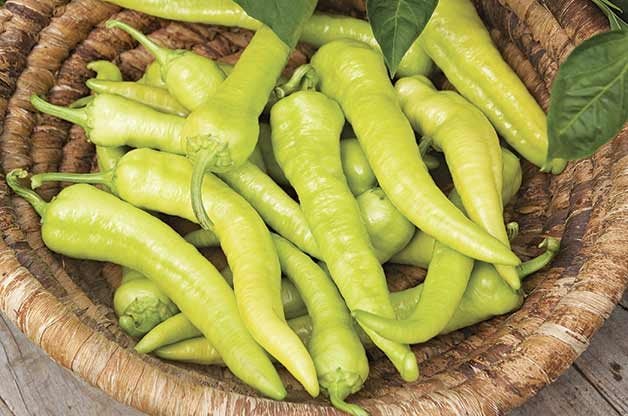
Pepperoncini
Want to pickle peppers or make giardiniera? Then leave room for these Italian favorites in your garden. Plants produce plenty of 5- to 6-inch light green peppers. Their pale color will change to bright red if you wait to pick them, but their flavor stays sweet and slightly spicy.
Why we love it: Pepperoncini are ideal for chopping up and throwing into a salad or piling onto a hot Italian beef sandwich.
Short on space? Check out the top 5 tips for growing tomatoes indoors.
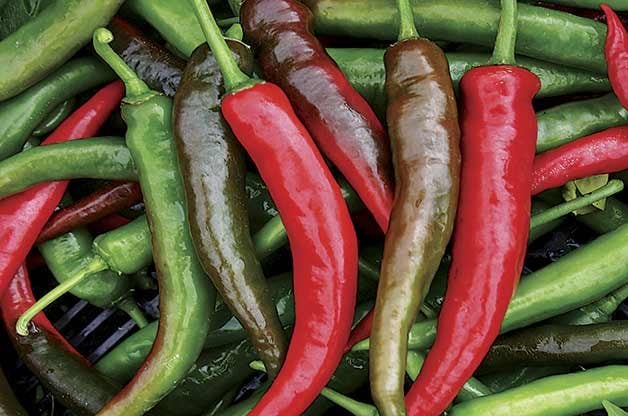
Cayenne
Even if you’ve never seen these long, skinny, curled peppers growing, you probably have some dried cayenne in your spice rack. These peppers start out green but aren’t ready to harvest until they turn bright red. Because of their thin walls, they can be dried easily to cook with year-round or used as decoration.
Why we love it: A healthy dash of cayenne pepper spices up chili, stew or barbecue.
Learn how to create a windowsill herb garden.
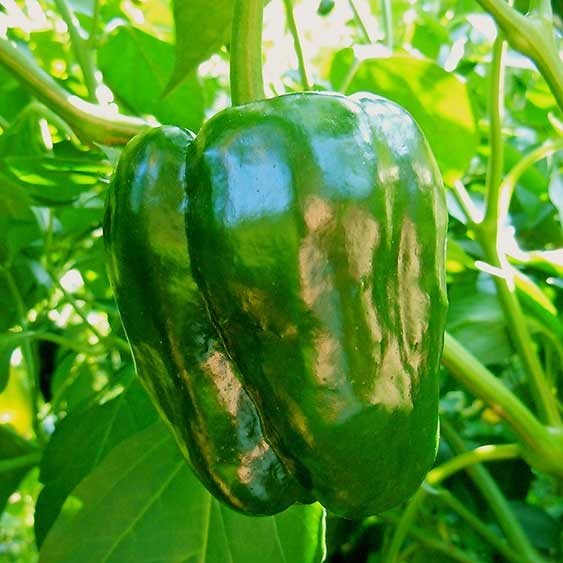
Poblano
These large, dark green, slightly sweet peppers are known by two names in Mexico: poblano when fresh and ancho when dried. They ripen to a deep, almost black color. Their heat is mild, and the bushy, easy-to-grow plants are heavy producers.
Why we love it: This pepper tastes wonderful when roasted and is the classic choice for chiles relleno. Ancho peppers are the main ingredient in Mexican mole sauces.
Learn about edible flowers: what flowers can you eat?
Cubanelle
Looking for a more flavorful alternative to bell peppers with a whisper of heat? Try Cubanelles. Plants produce peppers that are brightly colored and uniquely shaped.
Why we love it: These sweet peppers are delicious in Cuban, Puerto Rican and Dominican recipes.
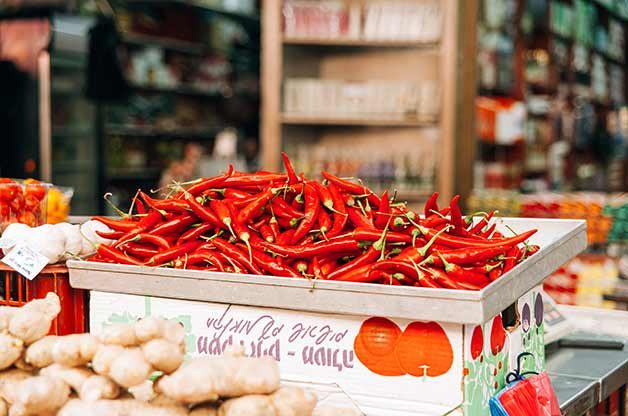
Bonus Tips for Productive Peppers!
- Start seeds indoors at least eight to 10 weeks before your last spring frost date.
- Pepper seeds need heat to sprout; around 80 degrees is optimal. If you don’t have a heat mat, try placing them above your refrigerator.
- Some of the hottest peppers can take up to a month to germinate. Once they do sprout, place them under grow lights for about 16 hours per day.
- Peppers thrive in warm temperatures. Once plants have at least two true sets of leaves and the danger of frost has passed, begin to harden off by taking them outside for an hour or two in a sheltered location. Exposing them to too much sun will scald the leaves, but cold air can slow growth, so be cautious.

